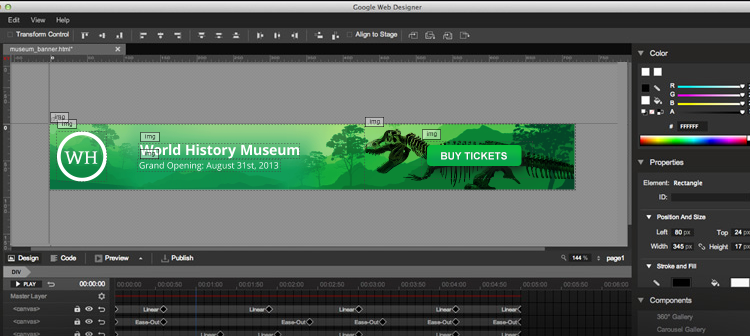PHP
- Remember Me – Safely Secure Long Term Authentication Strategies
A detailed explanation on how to implement the Sign in ‘Remember Me’ functionality securely in PHP (the concepts are the same for every language). I must admit I never considered timing attacks for the authentication token until I read this. - Laravel 5.0 was released
The 5th installment of one of the most popular PHP MVC and all-around frameworks was released. Wrote a summary of the changes in another post. - HHVM 3.5.0 Released
The Facebook supported alternative PHP VM has a new version. - Cockpit
A plug-n-play CMS for PHP sites. Targeted to developers, who built web apps and don’t want to re-invent the wheel every time for the content parts of their app. Uses SQLlite or MongoDB as data store. - Return Types Declarations approved for PHP7
In PHP7 we’ll be able to declare the return type for functions and will be enforced causing a fatal error if a different type is returned. Here’s an example of how it will look taken straight from the RFC:
[pastacode lang=”php” message=”” highlight=”” provider=”manual”]function foo(): array { return []; }[/pastacode]
JS /HTML / CSS
- ReactJS for Stupid People
A good introduction on what Facebook’s ReactJS is about and why you should use it. - Animated Bezier Curves
Demonstration of how parametric Bezier curves are constructed. Uses D3, and the code is straight forward, just View Source. - Konva JS
Object-oriented 2D HTML5 Canvas Framework. Event driven, layer support, drag and drop, shape nesting, animation and all the usual bells and whistles. - mProgress.js
Material Design style animated progress bar. Uses CSS3, has no other library dependencies and has beyond the ordinary features such as indeterminate progress (7.7kb minified JS). - RubaXa Sortable
Minimal & customizable Sortable with touch support and no dependencies. - fieldVal
Programmatic Javascript Field Validation library (runs both on browser and server). Includes an optional UI library for presenting validation errors in forms. - TauCharts
Javascript charting library which aims to be flexible rather than offering pre-packaged chart setups.



